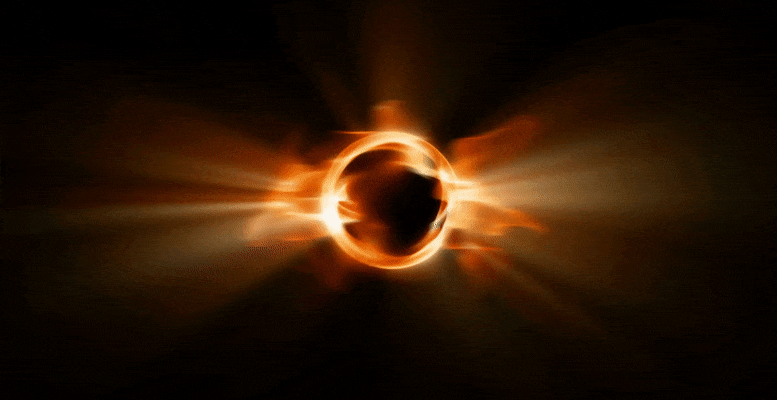
First Rogue Black Hole Ever Discovered – And It’s Only 5,000 Light-Years Away
It all goes back to 2011, when a star 20,000 light-years away suddenly brightened. Scientists are looking for such an event, having spotted several before, but need more data to determine what they actually saw.
Microlensing leaves two tell-tale signs. The object in the background of a microlensing event would grow significantly bright, as was seen with this star in 2011. In addition, and if the positioning were lucky enough, telescopes would see the star shift ever so slightly as the massive lensing object passed in front of it.
Past observations have shown plenty of brightening events that microlenses might have caused, but astronomers have never before seen the positional shift that would confirm that theory. Kailash Sahu and his colleagues turned Hubble, which is still one of the most functional observation platforms in humanity’s arsenal, toward the star a few weeks after its original brightening. They then checked back in with it periodically over the course of the next six years. In that time frame, they also collected positional data, hoping to use a technique called astrometry to detect slight movements that would indicate the star was subject to a microlensing object between itself and Hubble.
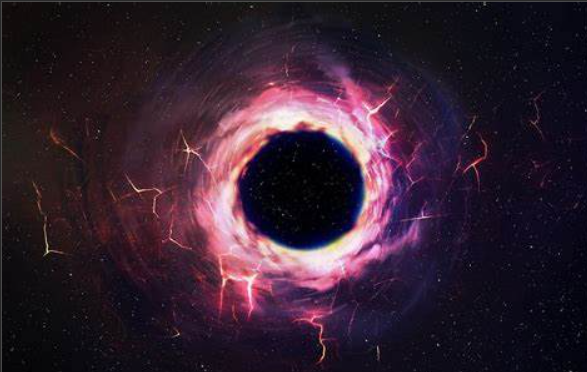
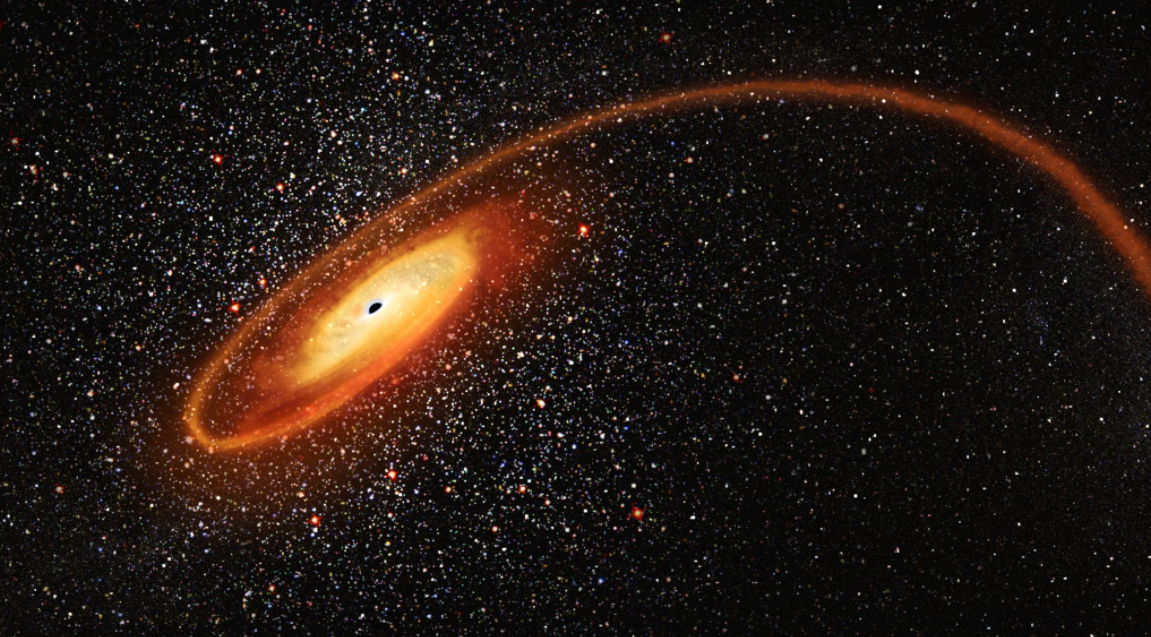
Following the initial discovery, astronomers began observing the microlensing event, looking for new clues to the cause. For six years, the researchers watched as the light changed, hoping to catch a glimpse of the black hole they suspected was there. However, they also noticed that the position of the star appeared to change, too.
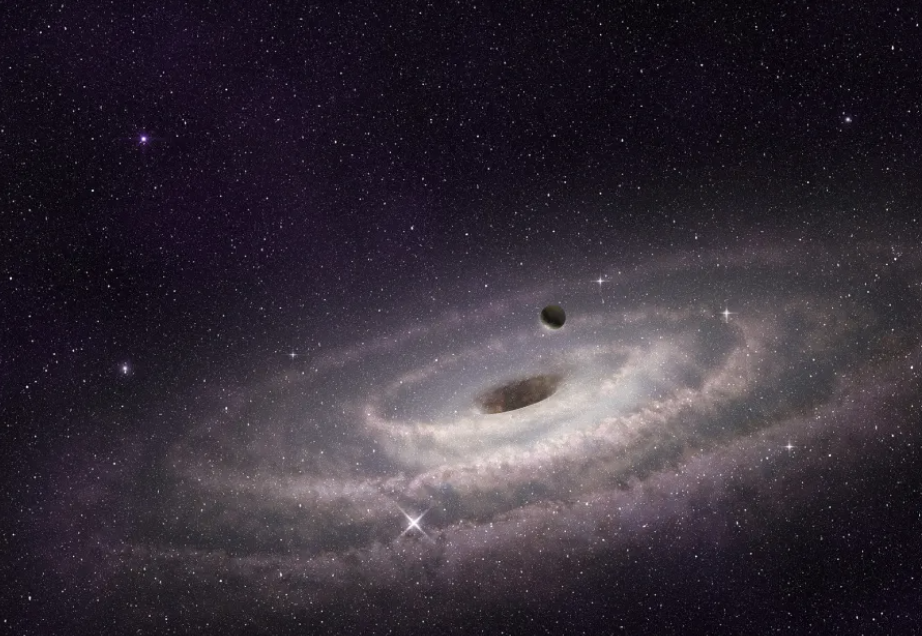
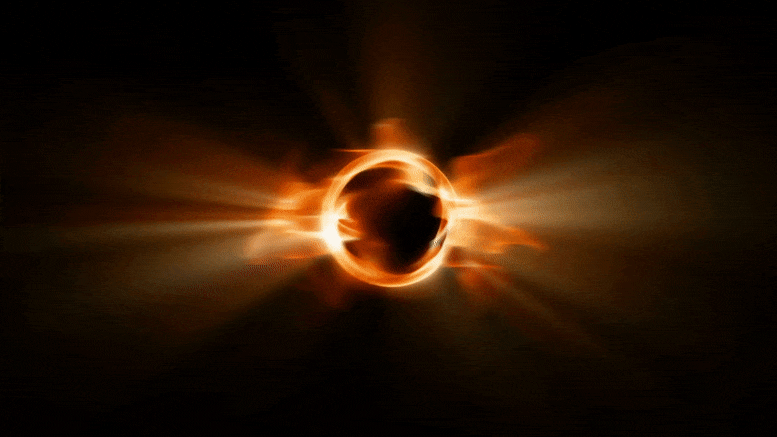
A combination of warping and amplification of the star’s light is exactly what Hubble saw. But even that wasn’t conclusive enough to prove that the heavy object in front of the star was a black hole – just that it was heavy enough to cause a microlensing effect. To rule out other potential sources of the microlens, Sahu and his colleagues checked the light level of the lens itself. They did not find any, which would have been the case if another object, such as a brown dwarf, was the cause of the lens. Also, the duration of the lensing effect must last long enough to suggest a particularly deep gravity well. The original event in 2011 lasted 300 days, enough to point to a black hole that weighs approximately 7.1 times that of the sun.
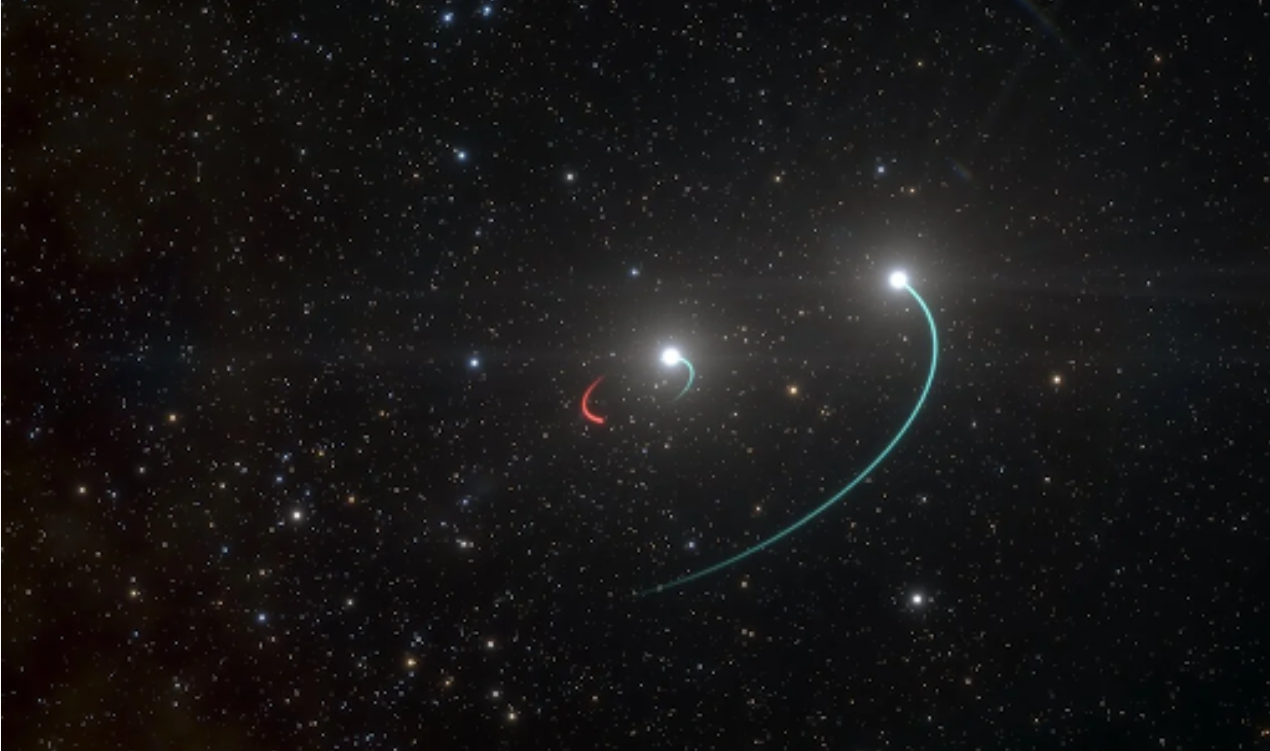
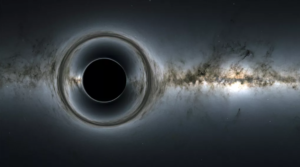
They also found this black hole is traveling at a speed of about 100,000 mph (162,000 kph). This suggested this black hole may have received a kick from the supernova explosion that gave birth to it. Everything they found led them to believe that a rogue black hole could be the culprit.
Knowing that rogue black holes exist is only part of the equation, though. We’ll still need to find them, which could be extremely difficult as black holes are often dark. The main reason that researchers were even able to discover this one was due to changes in the light from stars beyond it.
Future observatories such as Nancy Grace Roman Space Telescope and the Vera C. Rubin Observatory in Chile may “enormously help” discover more isolated stellar-mass black holes, Sahu said.

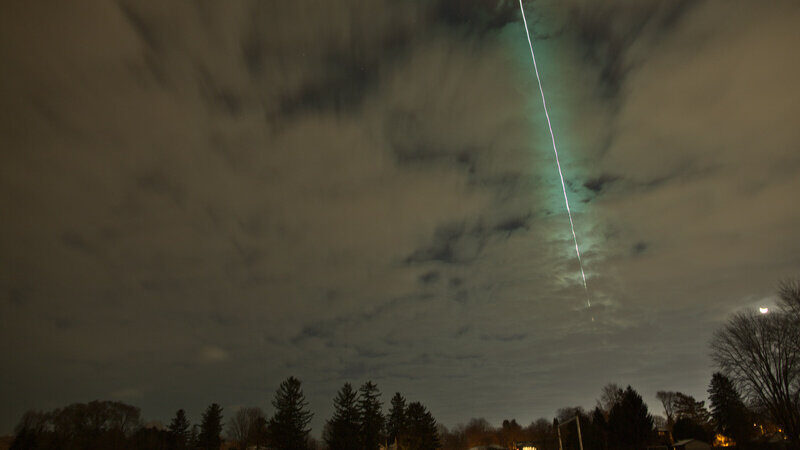

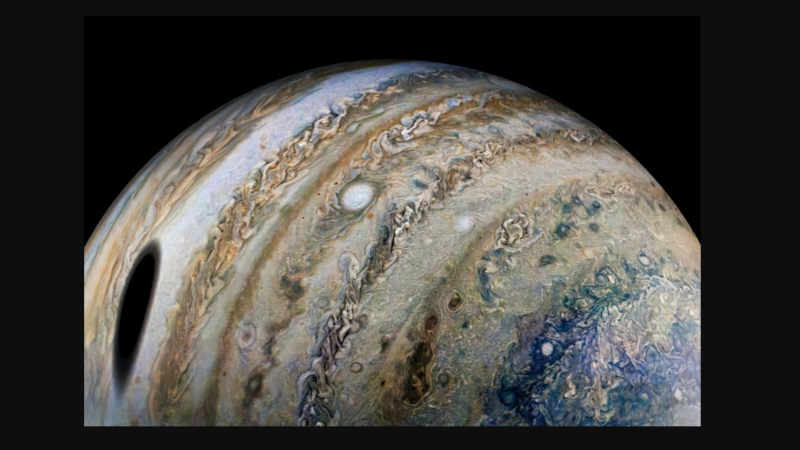
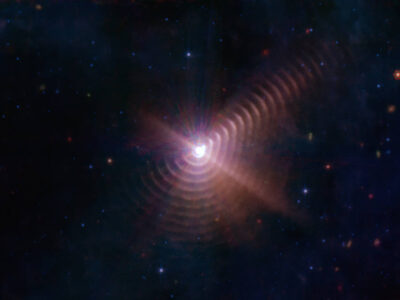
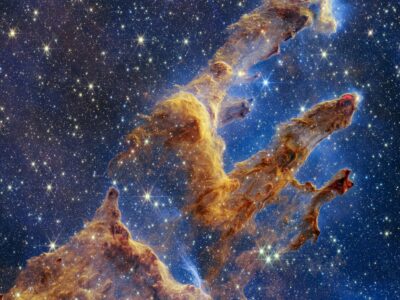
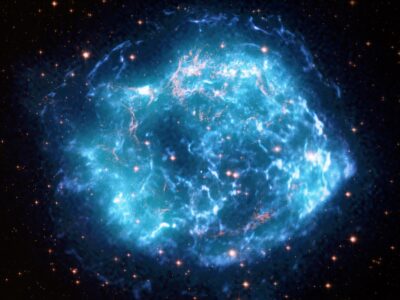
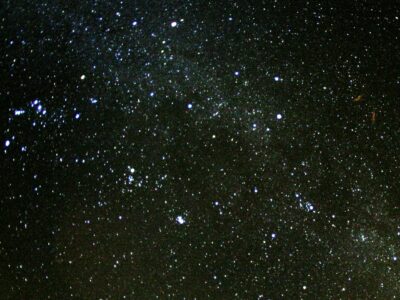



wow, to close